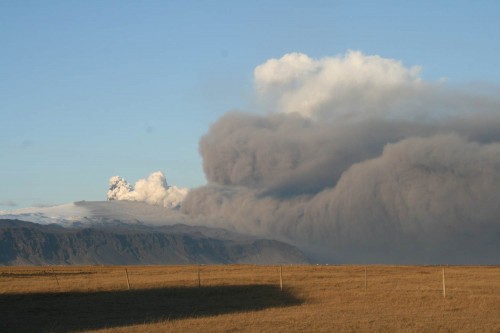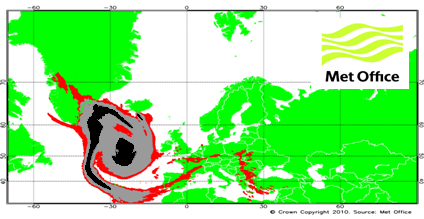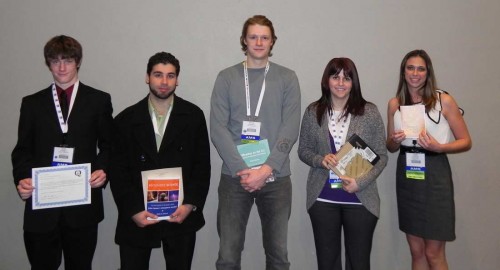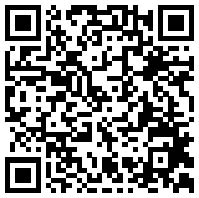by Emily Morgan, University of Miami-Florida
Saturday afternoon, I literally almost bumped into Kenneth Carey, who quickly introduced himself as one of the AMS Beacons. He followed my fellow students and me up to our next seminar in the Student Conference. He was very charismatic, very animated, and quite welcoming to a first-time student. Within the first few minutes, he launched into his passion for mentoring and both what it means to him and what effects he has seen it have on others. It was very interesting to hear him laud this communal support separate from any one organization; it really made his argument sincere.
Presenting on “Success in the Job Market,” Mr. Carey welcomed students with a display of many opportunities, urging them to be resourceful and keep their eyes open for opportunities in both federal and private sectors. The most interesting part of his presentation was his list of “10 Skills to Succeed.” All were sound points:
10. Pursuit of excellence.
9. Persistence.
8. Ability to work with others.
7. Innovation.
6. Decision-making.
5. Ability to get things done.
4. Networking.
3. Balance, relaxation.
2. Writing.
1. Public speaking.
Mr. Carey provided much advice for honing these skills, but following this slide, he spoke again about mentoring, whether being a mentor or the mentored. Because of his passion or his persistence, I was sincerely moved by his presentation. It seemed that his only goal was to benefit the meteorological community by encouraging its members to occasionally think of the whole, rather than its parts. Often we can get lost in our own goals and forget that the student beside you has them as well. More so than improving on decision-making (Point 6) and persistence (Point 9), I have become convinced that sharing and working together with my colleagues (Point 8!) will bring me success.





